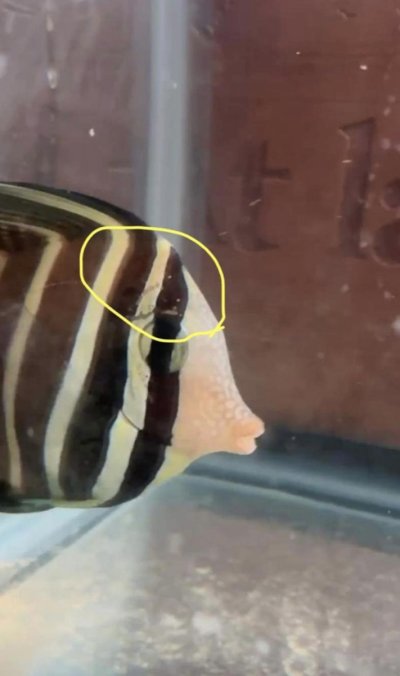Trying to determine the best option from here. Have a sailfin and mag fox in a QT currently, where they have been the last two weeks. They have been eating well, but today I discovered some ick.
I’ve had a couple different recommendations on what to do and not sure which route people have had the best outcomes with.
1) leave the fish alone and just see if it goes away on its own.
2) hyposalinity and drop the level down to 1.09.
3) treat with copper safe and nitrofurizone for 15 days.
I’ve had a couple different recommendations on what to do and not sure which route people have had the best outcomes with.
1) leave the fish alone and just see if it goes away on its own.
2) hyposalinity and drop the level down to 1.09.
3) treat with copper safe and nitrofurizone for 15 days.





















